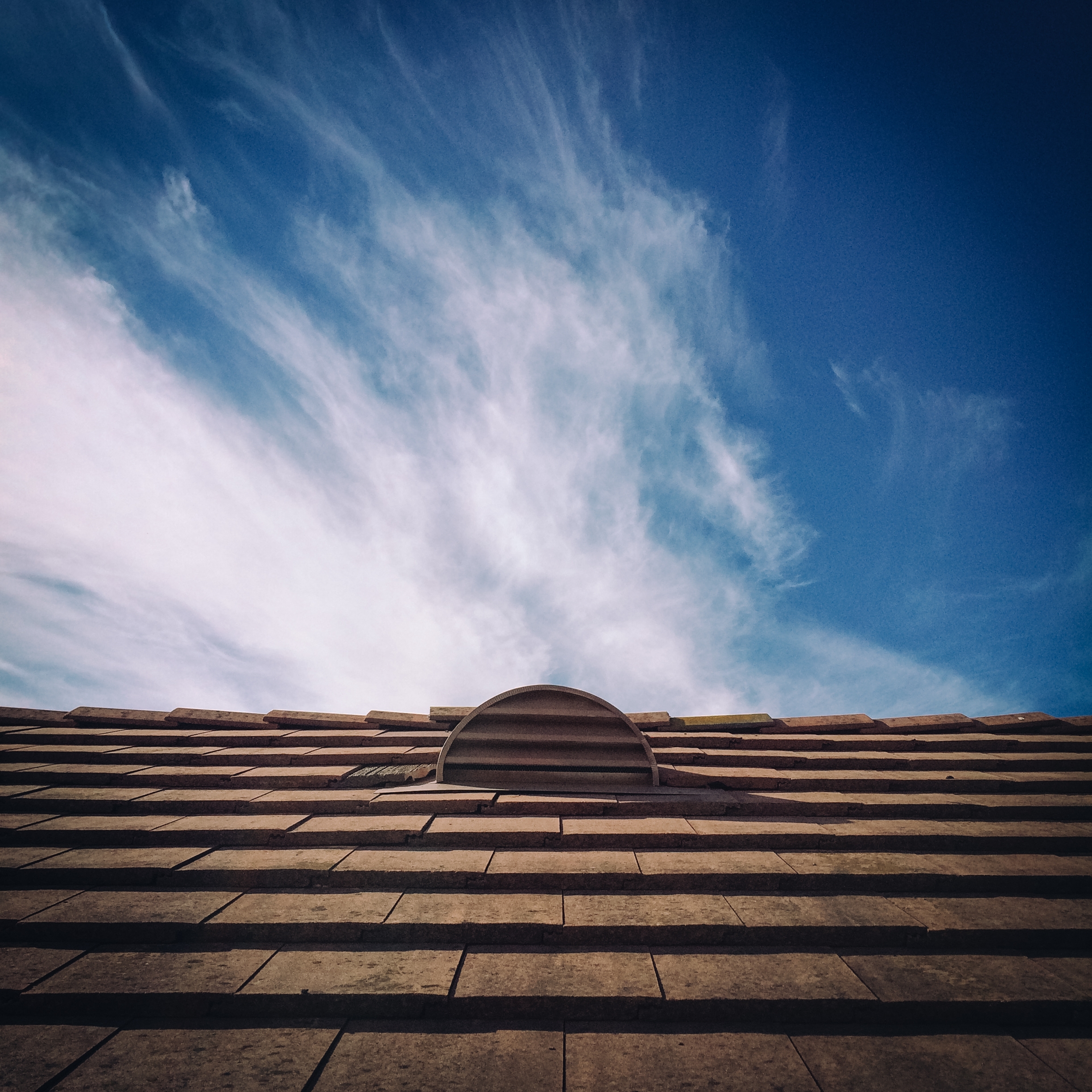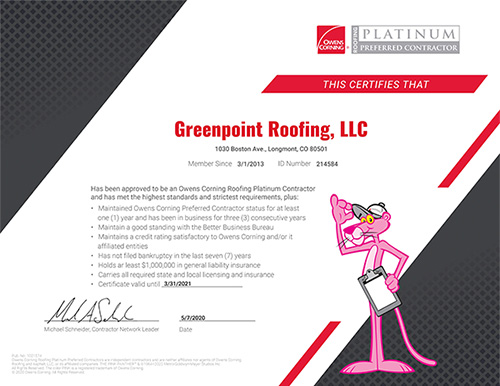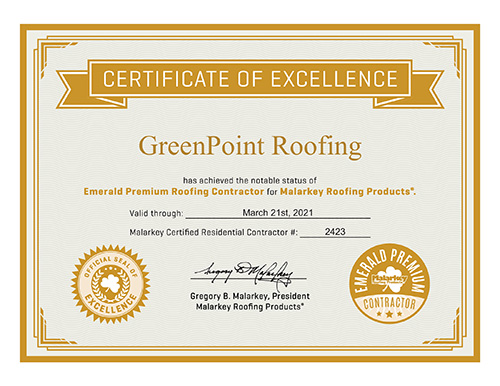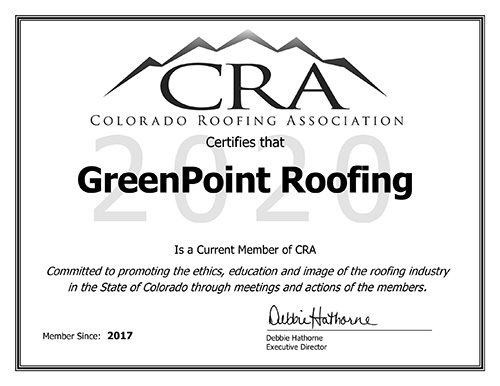The Essential Role of Roof Ventilation in Home Health and Comfort

In the vast universe of home maintenance and improvement, one topic that often goes overlooked is roof ventilation. The concept of roof ventilation refers to the system which allows air to circulate effectively under the roof to ensure a dry and cool attic. Despite its importance, opinions diverge on whether it is essential to every home, leading to confusion among homeowners.
Exploring this topic is crucial because decisions made about your home’s ventilation system can have significant real-world implications. For instance, it affects everything from your roof’s lifespan to your energy bills, and in extreme cases, it can even impact health through the quality of indoor air. This issue becomes even more crucial when considering extreme weather conditions, such as hailstorms, that can quickly exacerbate problems linked to poor ventilation.
This article will argue that an effective roof ventilation system is indeed a critical component of a healthy and safe home, offering numerous benefits while mitigating potential risks. Through an in-depth exploration of this topic, we aim to clear the air – both literally and figuratively – about roof ventilation.
Understanding Roof Ventilation
Roof ventilation refers to a system of intake and exhaust vents that allows for continuous airflow beneath the roof, circulating air in the attic space and maintaining a dry, cool environment. The process utilizes natural or mechanically driven forces to keep a constant movement of air. There are various types of roof ventilation systems, including ridge vents, soffit vents, and gable-end vents, each with unique properties suited to different types of homes. For a more in-depth look at residential roofing, visit here.
Roof ventilation plays a pivotal role in the overall health of a home. It serves as the home’s protective shield against heat and moisture accumulation, impacting the lifespan of roof materials, indoor air quality, energy efficiency, and more. Without proper roof ventilation, a home may be exposed to various problems that can lead to significant residential issues.
Benefits of Roof Ventilation
A primary benefit of roof ventilation is its role in maintaining roof integrity. Effective ventilation mitigates the accumulation of heat and moisture, key factors that can degrade roofing materials over time. By ensuring a cooler and drier attic space, roof ventilation effectively extends the life of shingles and prevents premature roof aging, ultimately saving homeowners considerable replacement costs.
Ventilation also contributes to energy efficiency and overall home comfort. By regulating attic temperature, roof ventilation helps to lessen the burden on air conditioning systems, thereby reducing energy costs. Simultaneously, it aids in maintaining a consistent indoor temperature, ensuring a more comfortable living environment throughout the year.
Consequences of Poor or No Roof Ventilation
Contrastingly, the absence of effective roof ventilation can lead to severe consequences. Heat and moisture accumulation can result in structural damage, including warped decking, peeling paint, and compromised insulation. Excessive moisture can also stimulate mold and mildew growth, harmful substances that can invade a home and cause health risks. Particularly during extreme weather events, such as storms, the potential for damage escalates without proper roof ventilation.
Moreover, poor ventilation impacts indoor air quality and can contribute to a variety of health issues. The build-up of allergens, pollutants, and humidity within a home can aggravate respiratory conditions like asthma or allergies. This illustrates that ventilation isn’t just about maintaining a healthy building; it’s also about maintaining the health of those living within it.
Addressing Common Misconceptions and Counterarguments
Despite the clear advantages of roof ventilation, misconceptions abound. A common fallacy is that roof ventilation is unnecessary in colder climates. This couldn’t be further from the truth. In colder regions, warm indoor air can cause condensation in the attic when it meets the cold roof, leading to moisture build-up and subsequent problems. Thus, proper ventilation is as crucial in cold climates as it is in hot ones.
Another point of contention is the perceived costliness of installing and maintaining a roof ventilation system. While there are indeed costs associated with a ventilation system, the long-term savings in terms of reduced energy bills and delayed roof replacements can far outweigh the initial expenditure. When considering the broader implications, such as health and community well-being, the benefits become even more apparent. For instance, a well-maintained home positively contributes to the overall appeal and stability of a community.
This article has extensively examined the topic of roof ventilation, clarifying its vital role in maintaining both the structural integrity of a home and the health of its occupants. Roof ventilation serves as an essential protective barrier against heat and moisture, contributes to energy efficiency, and provides a safeguard during extreme weather events. Additionally, it dispels common misconceptions, emphasizing that proper roof ventilation is equally important in all climatic conditions.
While the initial costs associated with installing and maintaining a roof ventilation system might deter some homeowners, it is crucial to remember that these costs are typically offset by long-term savings. Furthermore, the potential consequences of inadequate roof ventilation, such as structural damage and health issues, far outweigh the initial investment.
Therefore, homeowners are strongly encouraged to evaluate their home’s ventilation system and consider necessary improvements. Contacting a professional roofing company, like GreenPoint Roofing, can provide expert insights tailored to your specific needs and location.
To conclude, understanding and maintaining proper home infrastructure, including roof ventilation, is not just about home care—it is about wellness, comfort, and peace of mind for everyone living within the home.















